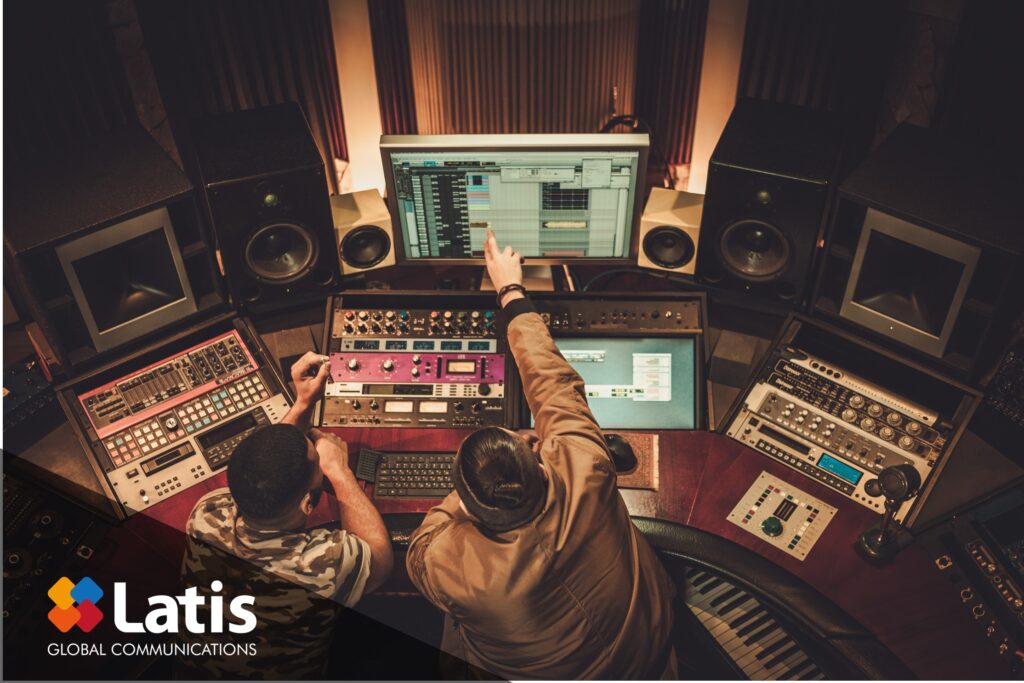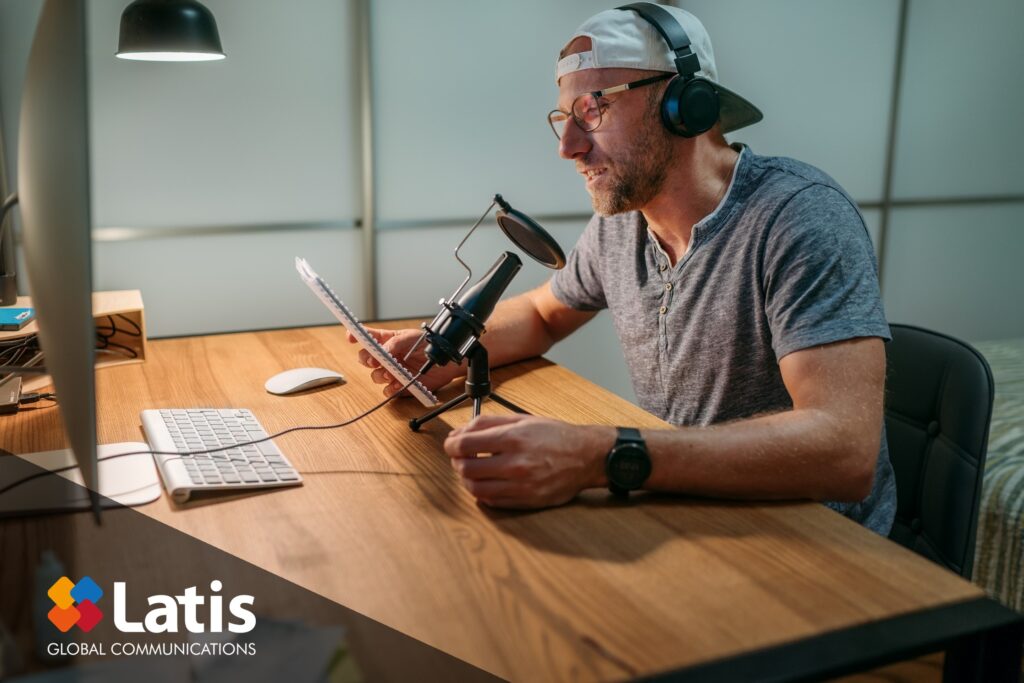
Sound design is one of the fields in audio engineering that has exploded in the last few years and will continue to play an even more important role in game development. Like sound design for movies and TV shows, sound design for games is used to create immersive user experiences. As surround sound and 3D audio advances more and more, there are many things to consider when providing a variety of sounds in a game.
Large game publishers often have many sound designers on their game development teams, while mid-sized or small publishers often work with professional independent audio engineers who can create game sounds for their game development projects.

At Latis Global, we provide professional sound design services such as game music and game sound effects. Today I would like to give you some key tips on what it takes to design sounds for a game, regardless of its size or genre.
# Game Sound Tip 1: An approach that relates to the theme of the game.
Games usually have their own unique worldview and setting. Sound designers need a sufficient understanding of a game’s specific concept in advance, so that they can get inspired, as well as determine the direction sound production will take.
As an example, there’s a TPS game series called Splatoon, in which fighting involves shooting and sprinkling ink instead of bullets, and whose characters are part of a non-human squid race. In order to offer the best experience possible, Splatoon’s weapon sounds, its overall UI sounds, as well as many other sounds, resemble those of slimy liquids, and the voices of the characters are modulated to sound as if they were soaked in water.
Moreover, in general terms, if it is a game with an ancient background, mixing in the sound of stone and wood might be the better option, and if it is an action game that focuses on throwing quick punches, you could consider the sound of percussion-based instruments.

# Game Sound Tip 2: Set the volume level of your audio file.
Since a single game consists of tens of thousands of lines, sound effects, and music audio files, the volume of the audio files must be constant to maintain the user’s immersion. Particularly for audio files, the standard and allowable range of volume (the loudness of the sound) needs to be set, and additional leveling work is absolutely necessary for files that exceed the standard. There are several ways to equalize the volume of individual files, and among them, the method of checking and adjusting the Lufs’ value through a subprogram like RX is widely used.
# Game Sound Tip 3: The final sound should be tested in multiple environments.
Depending on the playback hardware (speakers, earphones, mobile phone, etc.), the tone and volume balance may differ. For example, if you are developing a mobile RPG, you need to double check the sound that comes both from your phone’s speakers and from your earphones, and if you’re developing a console game, you similarly need to double check your headphones or speakers. In addition, sound planning intentions can be properly delivered to users by testing them in various environments, such as whether individual sounds are well heard even in a complex in-game environment, and whether the balance between music and sound effects is optimized for user immersion.
# Game Sound Tip 4: Read the dubbed lines aloud before recording.
Even dialogues that are well written in text are sometimes unnatural when read aloud. You can absolutely make corrections on the spot, but this delays the recording time and increases the cost of the process. In addition, problems may be discovered after the final recording is completed, which can lead to embarrassing situations, thus it is necessary to read the dialogues aloud before recording and to polish the postposition, endings, and breathing cues. However, if you collaborate with a studio capable of reviewing and editing dialogues, you can proceed with better results at a reasonable cost.

# Game Sound Tip 5: Experiment with various ways of expression.
There are various ways of working on game sounds, such as using a synthesizer through a DAW or processing them by recording poly files. In particular, when creating virtual sounds that do not exist in real life, such as UI or skill sounds, interesting and novel imagination as well as various different attempts are required. Therefore, even when designing a sound, it is necessary to continuously think about and experiment with possible better options, more suitable tones, etc. Ideas for good sounds can sometimes be found in our everyday lives, or even from exchanging opinions with colleagues and those around you.
Use a variety of reference sounds
Please try to use reference sounds when communicating. Since evaluating music and sound effects is a subjective task that brings out different opinions, accurate planning and communication is always required. However, it is difficult to establish an accurate concept with only abstract keywords, which can lead to unintended results and a waste of resources. Therefore, please use references to create the target music or sound effect more accurately and quickly. In addition, if you choose a specific reference, you can also expect a smoother collaboration of everyone involved by narrowing the communication gap.

